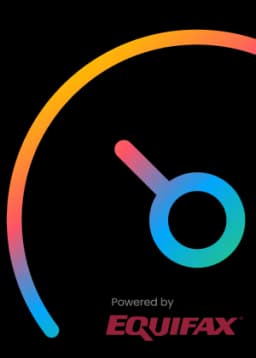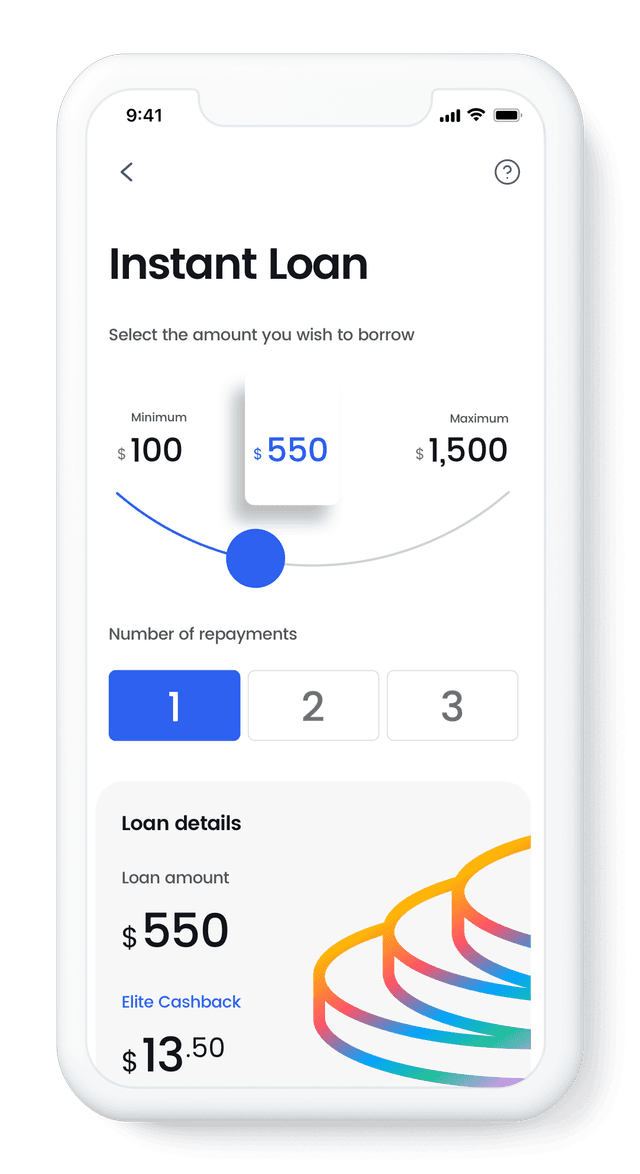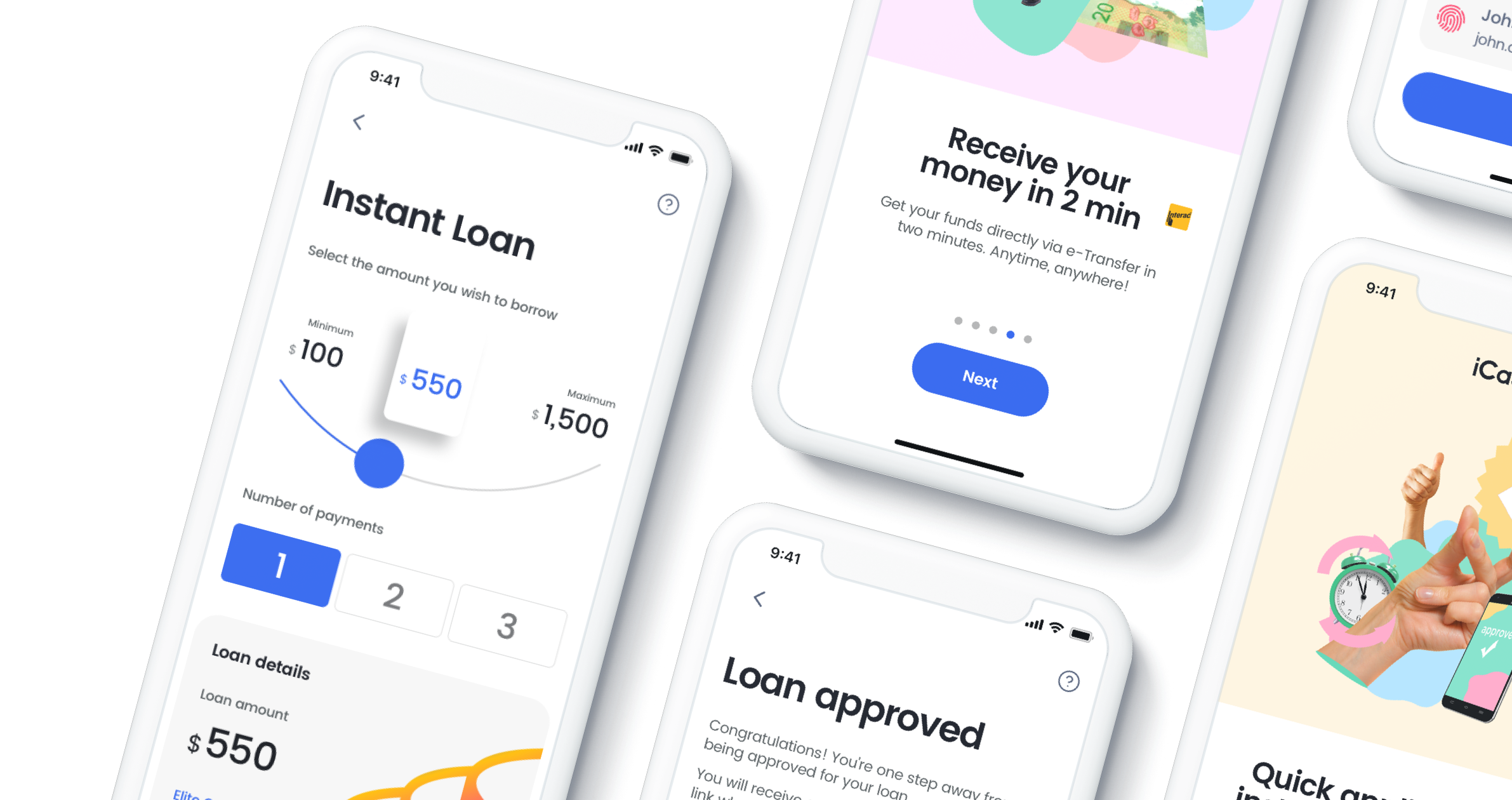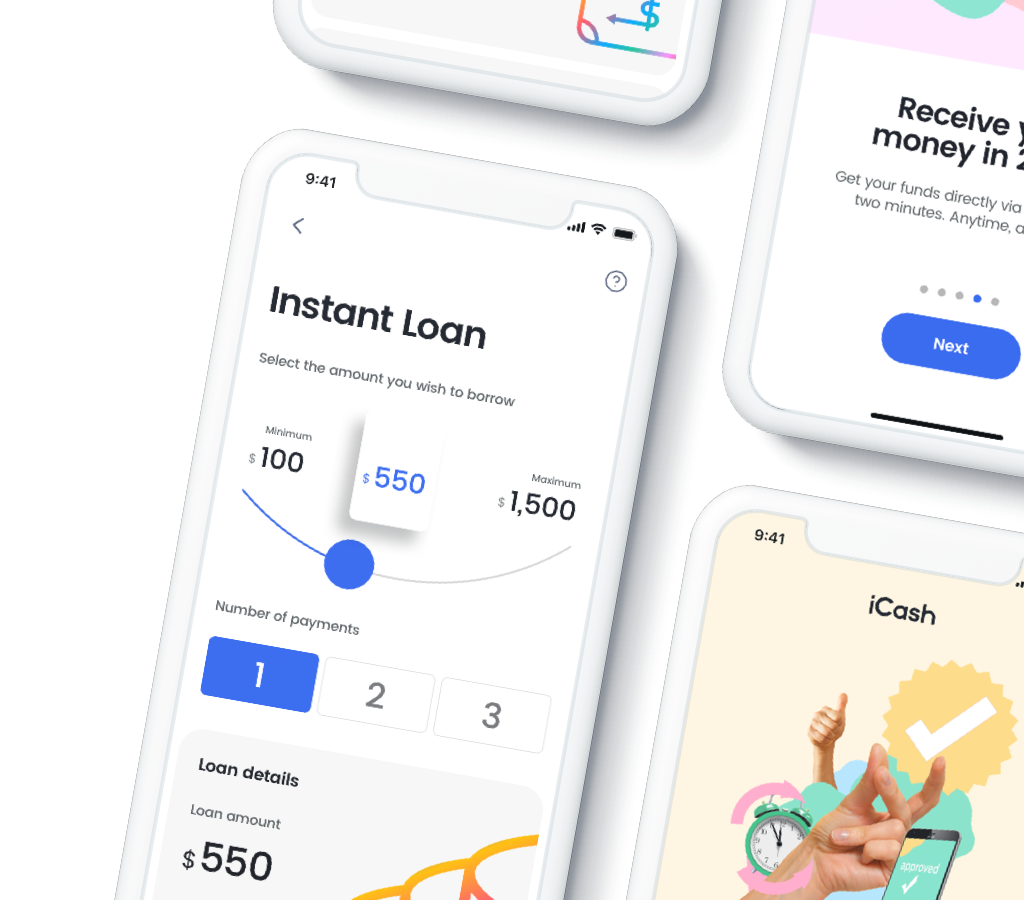It can be a very stressful and confusing situation when your bank account balance goes below zero. You might have overdrawn your available balance, been incorrectly charged fees from your bank, or simply don’t understand how it happened in the first place. In any case, knowing what to do and how to recover is key to a better financial standing.
One of the most common causes for a negative balance is when the account is overdrawn. This occurs when you make a withdrawal or purchase that exceeds the available funds you have. Always keep track of your account balance, as overdraft fees can quickly add up.
To avoid incurring fees and resolving your negative account balance, here are some tips:
Stop using your account immediately and use cash or a credit card to cover any additional purchases.
Deposit money into the account to cover the amount that is owed as soon as possible, so that you can avoid any additional charges.
Contact your bank as soon as possible and ask to waive any overdraft fees associated with the balance.
If you've ever experienced a negative bank account balance or are worried you may in the future, you know firsthand how stressful it is. Thankfully, there are ways to get back on track and avoid it altogether.
Read on as iCash, a top choice lender for same day loans in Canada, provides an overview of everything you need to know about negative account balances, including the potential fees associated with it and how you can prevent yourself from going into the red.
Causes of Negative Account Balances
There can be a variety of reasons why your bank account balance ends up in the negatives. As mentioned, the most common cause is when you make a purchase or withdrawal exceeding the funds available in your account. But, this isn’t the only reason your balance can take a turn in the wrong direction.
Other causes may include:
Failed payments due to insufficient funds: Having insufficient funds in your account at the time of the automatic payment, or the wrong routing and account numbers being entered.
Unauthorized charges or fraud: Sometimes, third-party vendors may be trying to access your funds without your knowledge or authorization. If you spot any suspicious activity on your account, contact your bank immediately and report the unauthorized transactions.
Bank fees: You can be charged hefty bank fees if your account is overdrawn. This could include a fee for each withdrawal, as well as a daily overdraft charge.
Debits processed before deposits: If you make a deposit after a debit is processed, it may lead to an overdraft on your account until that deposit is cleared.
Bank errors: While uncommon, banks can make mistakes that result in incorrect deductions from your account or inaccurate.
Bounced checks: If you write a check with insufficient funds in your account, the bank can charge a fee for every bounced check.
Consequences of a Negative Bank Account Balance
There are various financial consequences of a negative bank account balance. In addition to being charged overdraft fees, your account may be closed if the negative balance is not resolved in a timely manner.
But, that’s not all. Here are some other consequences you may encounter if your bank account dips below zero:
Damaged credit score: If the negative balance is sent to collections, it could damage your credit score and make it difficult to obtain credit in the future.
Increased fees and interest charges: Negative balances can accrue additional interest, NSF fees, or other late payment fees associated with the balance.
Inability to open another account: If you have an overdrawn account, you may not be able to open a new one with the same bank or any other financial institution in the near future.
What to Do Once Your Bank Account Balance is Negative
If you've already incurred a negative balance on your bank account, don't panic. If you quickly rectify the issue, you may be able to avoid costly fees and other repercussions. Plus, you can also take steps to prevent the situation from occurring again in the future.
Below, we've outlined the best ways of dealing with a negative bank account balance, so that you can get back on track and keep your account in good standing.
1. Contact Your Bank Immediately
The first thing you should do is contact your bank as soon as possible to inform them of the issue. The sooner you reach out, the better chance you have of avoiding any financial repercussions or fees associated with a negative balance. Most banks are willing to work with customers to resolve the issue, so don't hesitate to explain your situation and ask for help.
2. Pay Off the Negative Balance as Soon as Possible
Once you've contacted your bank, the next step should be to make a payment on the negative balance. Whether it is an overdraft fee or a late payment fee, paying it off quickly can help limit your losses and prevent any additional fees.
If you're struggling with the payment, reach out to your bank again and see if there are any options available. Do your research and see what other solutions might be available to help you pay off the balance.
3. Negotiate With Your Bank
If you're unable to make a payment, don't be afraid to negotiate with your bank. Explain the situation and ask if there is any way for them to reduce the fees or provide more flexible repayment terms. This could involve making a partial payment, reducing the balance owed, or temporarily waiving certain fees.
4 Review Your Financial Habits
Once the negative balance has been addressed, take a step back to review your financial habits. Identifying any areas of overspending or lack of financial discipline can help you avoid financial emergencies in the future.
Some other ways you can prevent future negative balances are:
Create a budget for yourself and stick to it. You can use online budget building templates if you're not sure where to start.
Track your spending and use mobile app budgeting tools to help you keep track of your finances on the go.
Set up automated payments for recurring bills so that you don't miss any due dates
If you're not already using a mobile banking app, make sure to set one up and enable notifications to receive real-time updates on your account balance.
5. Consider Other Options
It may be time to consider other options if you find yourself in a similar situation again. Consider opening a bank account with zero fees and more features that meet your needs. There are plenty of financial institutions with free chequing accounts and low overdraft fees so take the time to shop around and see what other options are available.
Keep Your Bank Account Above Negative with iCash
No matter what your financial situation is, it's important to stay in control and be prepared for unexpected costs. Following the above steps can help you avoid a negative bank account balance in the future. But, if you find yourself stuck and need an easy way to cover essential costs, e-Transfer loans from iCash can help. With competitive rates and same-day funding, iCash is a perfect solution for Canadians when they need it most. Download the mobile app today or visit our website to learn more.











